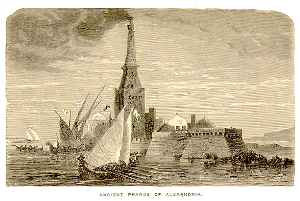After I wrote the article How to Create a Search Engine Friendly Website, a few visitors to thesitewizard.com, obviously blog owners, have asked me how they can make their WordPress blog more search engine friendly.
The good news is that the default installation of WordPress is already generally search engine friendly. If you wish, there are a few additional steps that you can take to improve that search engine readiness, while at the same time protecting your site's search engine visibility for the future.
